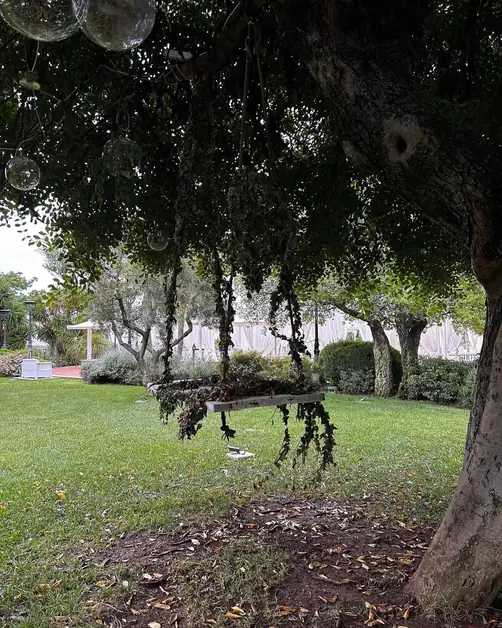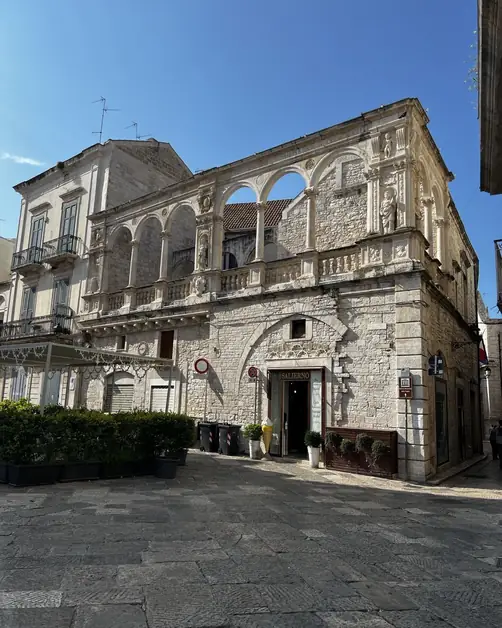The Cathedral of Bitonto
The Cathedral of Bitonto is a Romanesque masterpiece in Puglia, with a millennia-old history and extraordinary artistic details.

The Cathedral of Bitonto is a masterpiece of Romanesque architecture, located in the heart of the city of Bitonto, in Puglia. Built between the late 11th and early 12th centuries, it is dedicated to Santa Maria Assunta. Its facade, made of light limestone, stands out for its simplicity and grandeur, featuring a large central rose window and three entrance portals that invite visitors inside.
Inside, the cathedral features a three-nave structure, divided by elegant columns with sculpted capitals. This harmonious design creates a solemn and spiritual atmosphere, making the visit particularly captivating. The stone floor, the frescoed vaults, and the artistic decorations contribute to creating an environment of great charm.
One of the most interesting aspects of the Cathedral of Bitonto is its crypt, which dates back to a period before the main building was constructed. Here, visitors can admire remains of mosaics and frescoes that tell ancient stories and reveal the richness of the local artistic tradition. The crypt is a true journey through time, a place where history merges with spirituality.
Beneath the cathedral lies an important hypogeum, an underground space of great archaeological value. This area is accessible through guided tours, allowing exploration of remains from Roman and early Christian times. The hypogeum demonstrates that the site was considered sacred since ancient times, testifying to the religious significance of the place through the centuries.
One of the most photographed elements of the cathedral is the rose window on the facade. This masterpiece of Gothic art features geometric shapes that create plays of light inside the building, symbolizing the divine presence. The light filtering through the rose window conveys a sense of sacredness and beauty, making the interior of the cathedral even more enchanting.
Inside, visitors can also admire an ancient stone pulpit and a beautiful ciborium above the main altar. Both of these elements, finely carved, date back to the medieval period and are valuable testimonies of sacred art from that time. Their presence further enriches the historical and cultural value of the cathedral.
Next to the cathedral is a small museum that preserves artifacts and liturgical objects, offering visitors the opportunity to delve into the religious history of Bitonto. This museum is an interesting stop for those wishing to learn more about the historical and cultural context in which the cathedral is situated.
Even today, the Cathedral of Bitonto is a reference point for the religious life of the city. It hosts the most important celebrations and welcomes numerous worshippers, especially during patronal festivals. Its spiritual function continues to be central to the local community, making it a lively and vibrant place.
The cathedral is easily reachable on foot from the historic center of Bitonto, making the visit convenient for those in the area. For those arriving by train, the train station is just a ten-minute walk away.
Visiting the Cathedral of Bitonto means immersing oneself in an experience that combines art, history, and spirituality. This Romanesque jewel is a place that captivates with its simple and authentic beauty, a heritage to be known and preserved for future generations.




